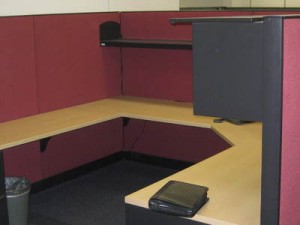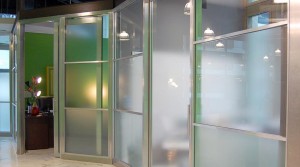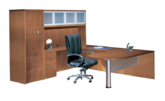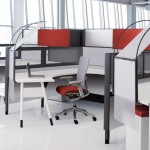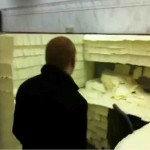 Government contracts are a very lucrative part of the office furniture market. However, manufacturers that sell cubicles, desks, and chairs to government agencies have to jump through a few hoops to be considered as vendors. Their products are subjected to rigorous testing to ensure that they meet requirements for durability and quality. Mike at cubicles.com recently wrote a post on call center seating that touches on this topic. He points out that private industries looking for office furnishings that have been tested and proven up to the challenge of 24 hour use can learn a lot from reviewing GSA guidelines. If a chair is good enough for Uncle Sam, it’s likely good enough for the average office environment.
Government contracts are a very lucrative part of the office furniture market. However, manufacturers that sell cubicles, desks, and chairs to government agencies have to jump through a few hoops to be considered as vendors. Their products are subjected to rigorous testing to ensure that they meet requirements for durability and quality. Mike at cubicles.com recently wrote a post on call center seating that touches on this topic. He points out that private industries looking for office furnishings that have been tested and proven up to the challenge of 24 hour use can learn a lot from reviewing GSA guidelines. If a chair is good enough for Uncle Sam, it’s likely good enough for the average office environment.
You can find a list of the standards for companies that sell office furniture to the government at the General Services Administration website. These include instructions for testing the various items to see if they comply with design, material, and performance standards. Some manufacturers do these tests in-house and some have them done by independent laboratories. Here are some highlights from various categories of office furniture covered under the GSA:
Wood Desks for Executives
For a solid wood desk to be given a “grade 1” score, all areas of exposed wood (including those on the interior of the desk such as inside the drawers) must be from the same species of tree. So, putting a walnut top on a pine desk won’t make the grade.
Cubicle Systems
All panel systems must have a raceway to hold electrical and communication cabling. The raceway cover must be fully accessible without dismantling the panels. Adjustable leveling devices must be included at the bottom of each panel. Pedestals and drawers must have locking mechanisms available for added security.
Intensive Use Seating
Chairs that will be used 24/7 are subjected to special testing. This includes testing the back, seat, casters, base, swivel bearings, levers, pneumatic cylinders, and fabric. To give you an idea of the intensity of this process, the height adjustment system on a chair is put through 125,000 cycles to see whether it will fail or hold out.
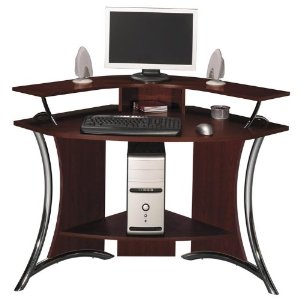 Sometimes, before you can have a corner office, you have to work in an office that’s set up in a corner. That’s not very glamorous, but you can still get a lot done in a tiny space if you pick the right “corner” office furniture. San Diego entrepreneurs who want to save money by leasing the smallest office space possible need to make the most of it. In a typical interior layout, corners often go unused or get relegated to housing a water cooler or copy machine. Why not turn one corner into a workspace complete with its own office furniture?
Sometimes, before you can have a corner office, you have to work in an office that’s set up in a corner. That’s not very glamorous, but you can still get a lot done in a tiny space if you pick the right “corner” office furniture. San Diego entrepreneurs who want to save money by leasing the smallest office space possible need to make the most of it. In a typical interior layout, corners often go unused or get relegated to housing a water cooler or copy machine. Why not turn one corner into a workspace complete with its own office furniture?